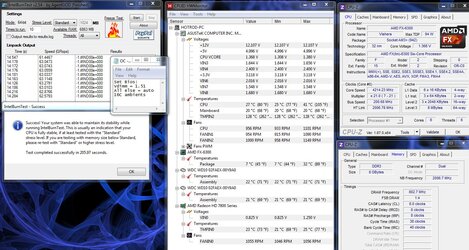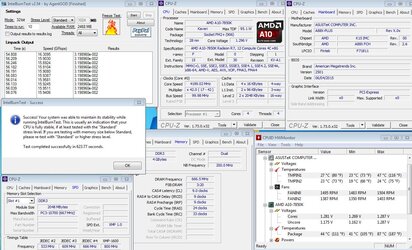- Joined
- Jan 1, 2008
- Location
- Colorado Springs, CO
It is quite possible they are not optimised for newer architectures. But it still stands the FX4xxx and APU series are essentially dual cores with a hardware implementation of hyperthreading. They are dual module units, in which each module shares L2 cache, an FPU, and have two cores with integer units and their own instruction set. Comparing it to an i7 w/ hyperthreading disabled is not really and apples to apples comparison...

